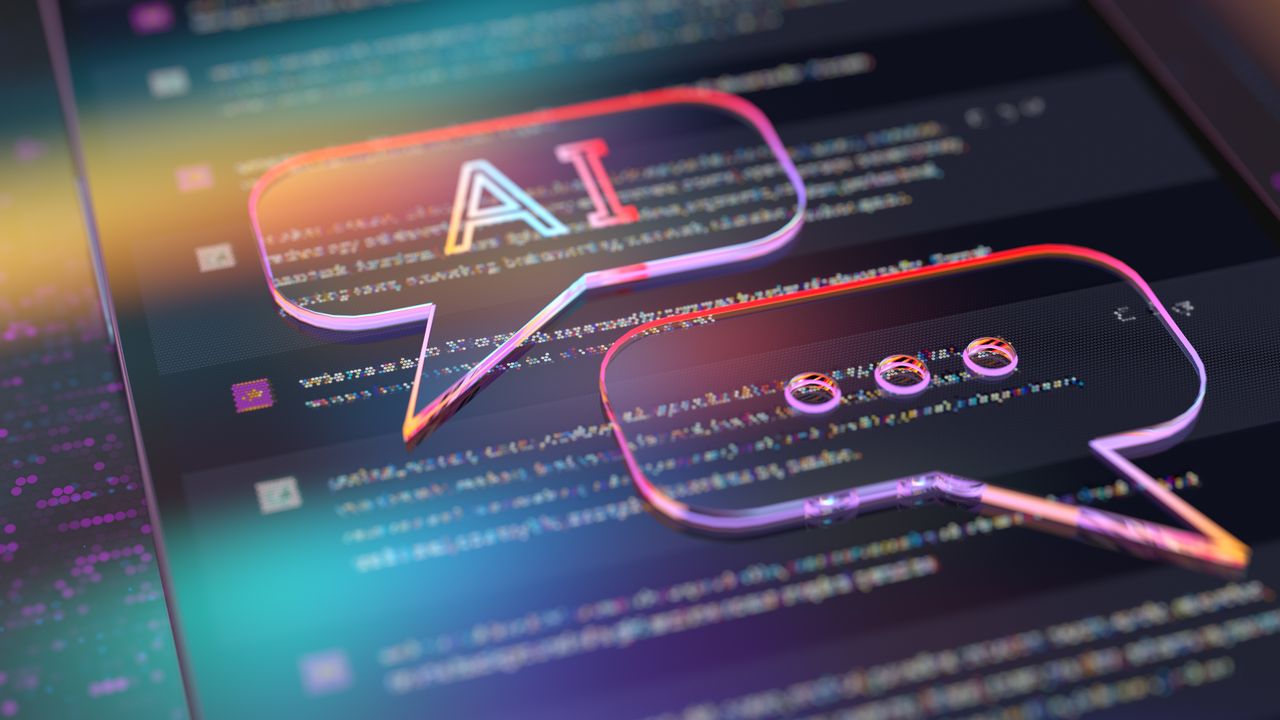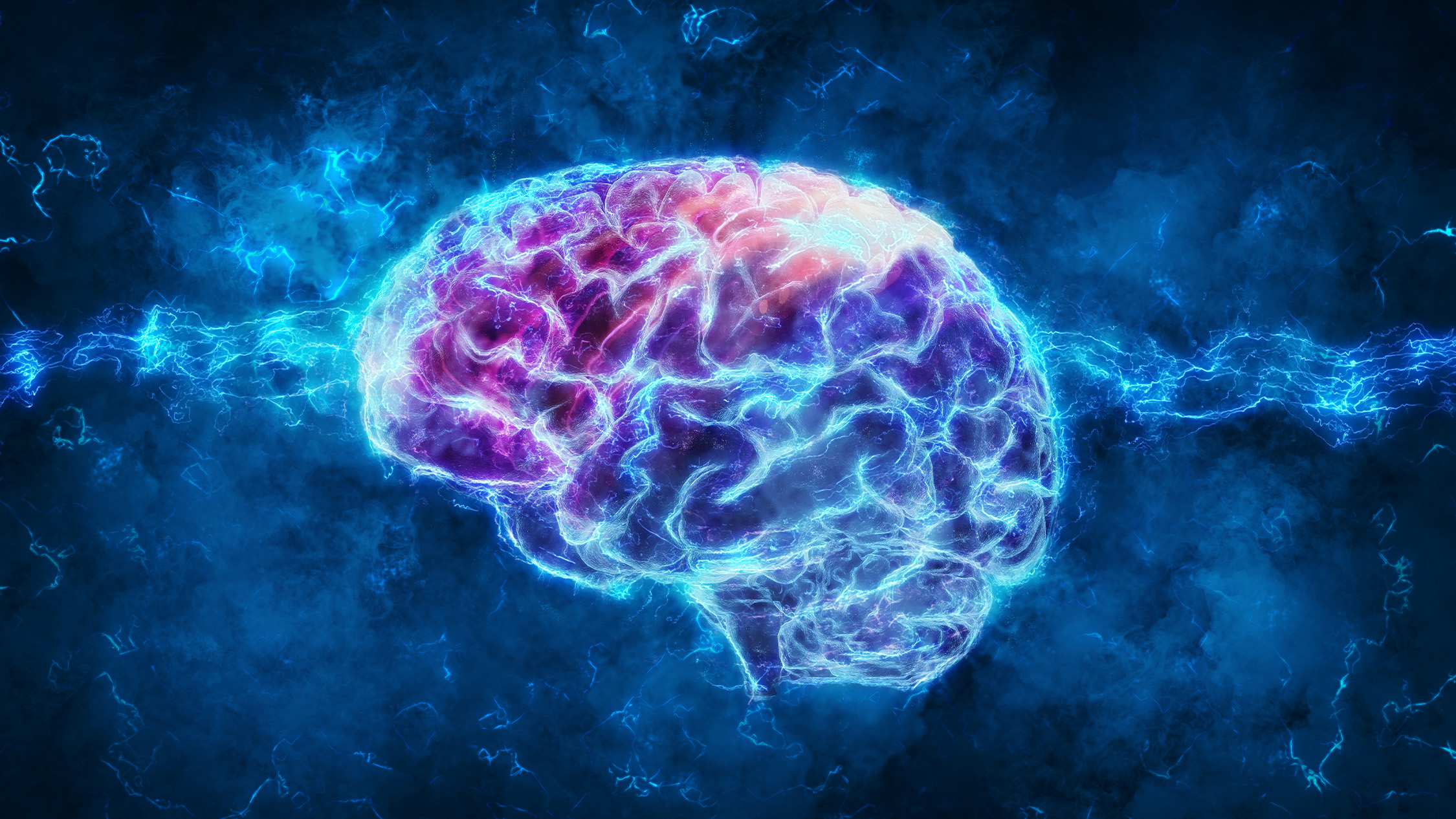
Whether your uncle just discovered ChatGPT or your cousin is convinced robots are coming for us, chances are, AI will be mentioned at Thanksgiving this year. With so many advancements over the last year and new models like Gemini 3.0, Grok 4.1 and ChatGPT-5.1 launched over the last month, artificial intelligence will surely be on the menu. Someone’s inevitably going to bring it up between bites of turkey and mashed potatoes.
If you’re worried about sounding clueless or just want to stay away from whatever “six seven” nonsense is going on at the kids’ table, we’ve got you. These seven quick talking points will help you navigate the holiday conversation like a pro.
1. AI isn’t just ChatGPT — there are dozens of powerful models now

Almost everyone has heard of ChatGPT, but it’s far from the only game in town. There’s Claude 4.5 (great at reasoning and writing), Gemini 3 (deeply integrated into Google products), and Elon Musk’s Grok 4.1 (edgier and trained on X). Each has its own strengths.
Want to sound extra sharp? Check out our comparisons like ChatGPT-5 versus Gemini 3.0 and ChatGPT-5 versus Grok 4.1. You could even mention that these tools perform differently based on the prompt — some are better at logic, others at creativity or code.
2. AI is baked into way more things than you think

AI isn’t just ChatGPT in a text box anymore — it’s quietly woven into tools you already use every day. It’s now powering entire browsing experiences like ChatGPT Atlas and Chrome’s Gemini integration, guiding your searches, organizing tabs and helping you find answers faster.
It’s even in Google Search through AI Mode, giving you instant summaries, suggested follow-up questions and condensed explanations without you digging through a dozen links. In other words: AI is becoming the invisible layer beneath how we interact with the internet itself.
3. AI isn’t always accurate
AI may sound confident, but it still makes mistakes — sometimes big ones. Early studies have shown that tools like ChatGPT can be wrong surprisingly often (1 in 4 times), and we’ve all seen examples of Google’s AI summaries delivering questionable or flat-out inaccurate information. AI can misinterpret facts, hallucinate details or oversimplify complex topics without warning.
The simplest safeguard is to ask the AI to cite its sources, double-check anything that feels off and treat AI like a smart assistant rather than an authority.
4. AI doesn’t think — it just predicts patterns

This one helps shut down any "AI is becoming sentient!" arguments. Explain that large language models don’t “think” or “understand.” Instead, they predict the next likely word based on massive datasets. It’s fancy autocomplete, not consciousness.
Bonus move: use a food analogy: “It’s like guessing the next ingredient in a recipe based on 10 million Thanksgiving dinners.”
5. There are real risks — and real safeguards

There are legitimate concerns around deepfakes, job automation, bias and copyright infringement. But there’s also progress. Deepfakes are getting more convincing, entire job sectors are shifting and models can reinforce harmful biases or pull from copyrighted work without permission.
But alongside the risks, there’s meaningful progress happening behind the scenes: companies like Anthropic, Google and OpenAI are developing watermarking systems, publishing ethical frameworks, and open-sourcing datasets to improve transparency and accountability. The conversation has expanded to building AI responsibly while keeping (some) guardrails in place.
6. People are using AI to learn, work and even change careers

AI isn’t just for techies. Kids are using it to study for math tests, and adults are using it to enhance productivity, reskill and even plan vacations. This is a great moment to share how you’ve used AI — even if it’s just asking Alexa+ to help plan Thanksgiving dinner.
7. AI won’t replace all of us

Much of the doom‑and‑gloom around jobs assumes AI will wipe out entire professions overnight. In reality, research shows that in many of the most “AI‑exposed” industries, wages are rising twice as fast compared with less exposed ones — suggesting AI is making workers more productive, not redundant.
So when the conversation turns to “robots are coming for our jobs,” you can say something like: “AI is transforming tasks, not just replacing people."
Final thoughts
When the conversation turns to AI, you could pull out your phone or open your browser. Google AI Studio has many fun and easy-to-understand apps to help get your family (even the skeptical ones) started.
You could snap a photo of everyone at the table using Nano Banana in Google Lens or use ChatGPT Voice to answer a question live. Ask ChatGPT to make grandma a Lego minifigure or get the best stuffing recipe from 1892 from Gemini. Have it write roast Uncle Dan, write a haiku about cranberry sauce or plan a leftovers recipe.
You never know, this could be the year that AI brings everyone together with a little hands-on experience for extra holiday fun.
More from Tom's Guide
- I used Nano Banana to make my family's holiday card — here how I did it (and how it came out)
- Millions are using ChatGPT to shop this Black Friday — here’s what it’s best at
- I just tested ChatGPT Atlas vs. Chrome with Gemini 3.0 — and there's a clear winner
Follow Tom's Guide on Google News and add us as a preferred source to get our up-to-date news, analysis, and reviews in your feeds.








